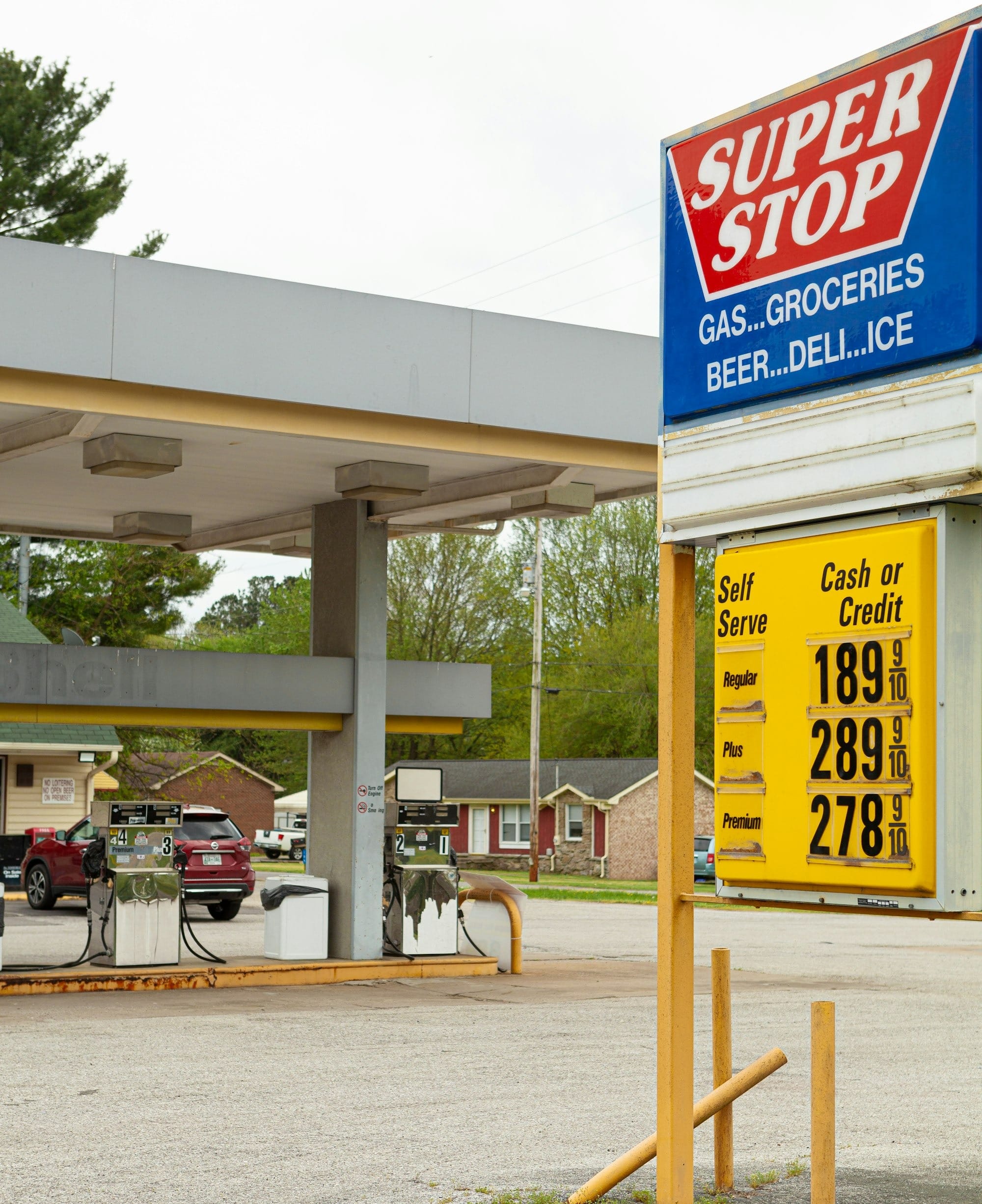The Art of Gas Price Management: A Store Owner's Guide
The numbers on your station's sign stand tall against the sky—bold digits that draw customers in or send them driving past. Every cent matters in the competitive fuel market. Learn how to master gas price changes.

The numbers on your station's sign stand tall against the sky—bold digits that draw customers in or send them driving past. Every cent matters in the competitive fuel market. As a convenience store owner, changing gas prices at the right time and in the right way directly impacts your bottom line.
Understanding Your Pricing Power
You stand at the price sign, number cards in hand, contemplating today's adjustment. Behind this seemingly simple task lies a complex web of factors: wholesale costs, competitor rates, and customer psychology all converge in those glowing digits.
Most store owners change prices during slow periods—early morning or late evening—to avoid customer confrontation. The price change might appear simple, but the strategy behind it requires careful consideration.
Key Elements of Effective Price Management
Monitor wholesale costs daily. Successful store owners track their supplier prices each morning. When costs rise or fall significantly, they prepare for corresponding adjustments.
Watch your competition. Drive the surrounding area at regular intervals. Record what other stations charge. Position your prices strategically based on your market approach—premium service, value option, or somewhere between.
Consider timing carefully. Weekends, holidays, and rush hours influence buying patterns. A Thursday afternoon price change affects weekend revenue differently than a Monday morning adjustment.
Follow a systematic process. The actual mechanics of changing prices requires attention to detail:
- Update your point-of-sale system first.
- Change your outdoor signage promptly after.
- Verify both match exactly.
- Update any price advertising material.
- Brief staff on new pricing.
Document each change. Record the date, time, old price, new price, and reason for adjustment. This creates a valuable history that reveals patterns over time.
Technology Assists Modern Price Management
Many stations now use electronic price signs connected to central management systems. These allow for faster updates and reduce manual labor. The initial investment pays off through increased flexibility and response time.
A regular maintenance schedule for stores still using manual signs prevents stuck panels or damaged numbers that create price display issues.
The Psychology Behind the Digits
Consumers respond to price presentations in specific ways. Most stations price to the ninth decimal, for example, $3.499, because customers perceive significant differences between $3.49 and $3.50, even though the actual difference is minimal.
Color and visibility matter, too. Your sign must remain clear and bright, especially during evening hours when many buying decisions occur. A dim or partially lit sign suggests neglect and drives customers elsewhere.
Communication Builds Customer Trust
When prices change significantly, particularly upward, your staff faces the brunt of customer reactions. Prepare them with simple, honest explanations about market factors. Transparency builds long-term trust even when prices rise.
Some owners post simple charts showing the breakdown of gas costs—taxes, wholesale price, and margin—to help customers understand that local stations control only a small portion of the final price.
Looking Beyond the Numbers
Smart owners recognize that fuel often serves as a loss leader. Your real profit center waits inside—food, drinks, and convenience items. Competitive gas pricing draws customers to your store, where thoughtful merchandising converts fuel-only customers into higher-margin shoppers.
The stations that survive tough market conditions maintain this dual focus: strategic fuel pricing outside and excellent shopping experiences inside.
Taking Action
Review your current price change procedures. Are they systematic? Do they consider all relevant factors? Have you trained all staff members who might handle this responsibility?
Build a consistent schedule for competitive price checks and wholesale cost monitoring. Create a decision framework that guides when and how much to adjust prices based on specific market conditions.
Consider your physical price display. Does it need maintenance? Would an upgrade to electronic signage provide value over time?
When did you last examine the profitability connection between your fuel prices and in-store sales? What price positioning best supports your overall business strategy?
How will you balance today's margin needs against long-term customer loyalty?